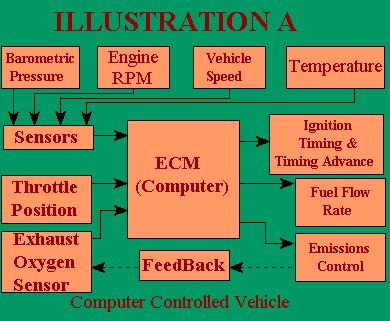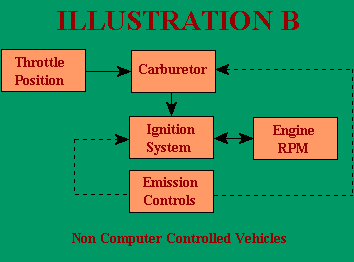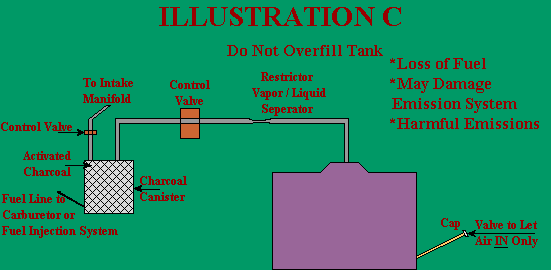TABLE 1
| Average Fuel Consumed per Car |
Average Miles Traveled per Car |
Average Miles Traveled per Gallon of Fuel Consumed |
|
| Gallons | Miles | Miles | |
| 1967 | 684 | 9,531 | 13.9 |
| 1968 | 698 | 9,627 | 13.8 |
| 1969 | 718 | 9,782 | 13.6 |
| 1970 | 735 | 10,121 | 13.6 |
| 1971 | 746 | 10,121 | 13.6 |
| 1972 | 755 | 10,184 | 13.5 |
| 1973 | 763 | 9,992 | 13.1 |
| 1974 | 704 | 9,448 | 13.4 |
| 1975 | 712 | 9,634 | 13.5 |
| 1976 | 711 | 9,763 | 13.7 |
| 1977 | 706 | 9,839 | 13.9 |
| 1978 | 715 | 10,046 | 14.1 |
| 1979 | 664 | 9,485 | 14.3 |
| 1980 | 603 | 9,135 | 15.2 |
| 1981 | 579 | 9,000 | 15.5 |
| 1982 | 587 | 9,530 | 16.3 |
| 1983 | 578 | 9,650 | 16.7 |
| 1984 | 553 | 9,790 | 17.7 |
| 1985 | 549 | 9,830 | 17.9 |


CHART 1
| Date | Fuel Purchased | Odometer Reading |
Mix City, Hwy or City & Hwy |
MPG |
| ex. 8/14 | Fill Tank | 30,455 | ||
| ex. 8/17 | 12.7 | 30,723 | 21.1 | |
| ex. | ||||
| ex. | ||||
| ex. | ||||
| ex. | ||||
| ex. | ||||
| ex. | ||||
| ex. | ||||
| ex. | ||||
| ex. |
